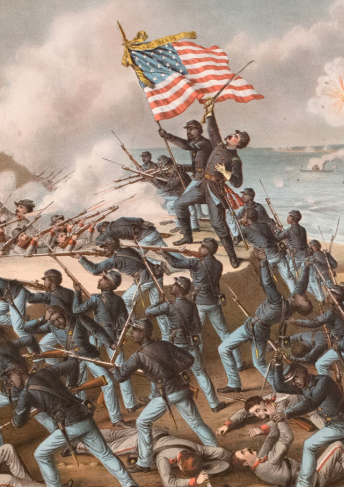Downing Street named after
Vellum document, signed "G. Downing,"
Oxford? November, 1665.
Price: $450.00
About the item
1 vols. 2 1/2 x 18 3/4 inches. Downing Street named after. Receipt. Some light soiling but very good.
Item #237693
One of Harvard's earliest graduates, Downing is best known for his involvement in taking New York from the Dutch. He served Cromwell as foreign minister, quite successfully. In 1655 he was sent to France to convey Cromwell's unhappiness with Louis XIV and his famous meeting with Mazarin took place then. In 1657 he was selected Minister to Holland and served as Cromwell's spy keeping a close eye on Charles Stuart and his family. By 1659-1660 Downing had recognized the change that was coming and joined the Royalist party, meeting with and being knighted by Charles II the 21 May 1660. He continued as envoy-extraordinary to Holland after the Restoration, caused the arrest of three of the regicides, was "confirmed in his tellership of the exchequer" and rewarded with the land which would be named after him and become Downing Street. It was "Principally though his agency the New Netherlands were wrested from the Dutch and annexed to the English possessions as New York" (Appleton). He was Secretary of the Treasury in 1667 and Commissioner of the customs in 1671. The DNB notes that "Downing's abilities are proved by his career, but his reputation was stained by servility, treachery, and avarice and it is difficult to find a good word for him on any contemporary author." It was separately noted that his name became a by-word in New England to represent one who betrayed trust. He was the second to graduate from Harvard. William Rumbold (1613-1667) was a Cavalier and acted as Charles II's financial agent during the interregnum, he was secretary to the secret Royalist council, denounced to Cromwell, imprisoned and on Restoration was made comptroller to the Great Wardrobe. In 1663 he was made Surveyor-General of the Customs.


